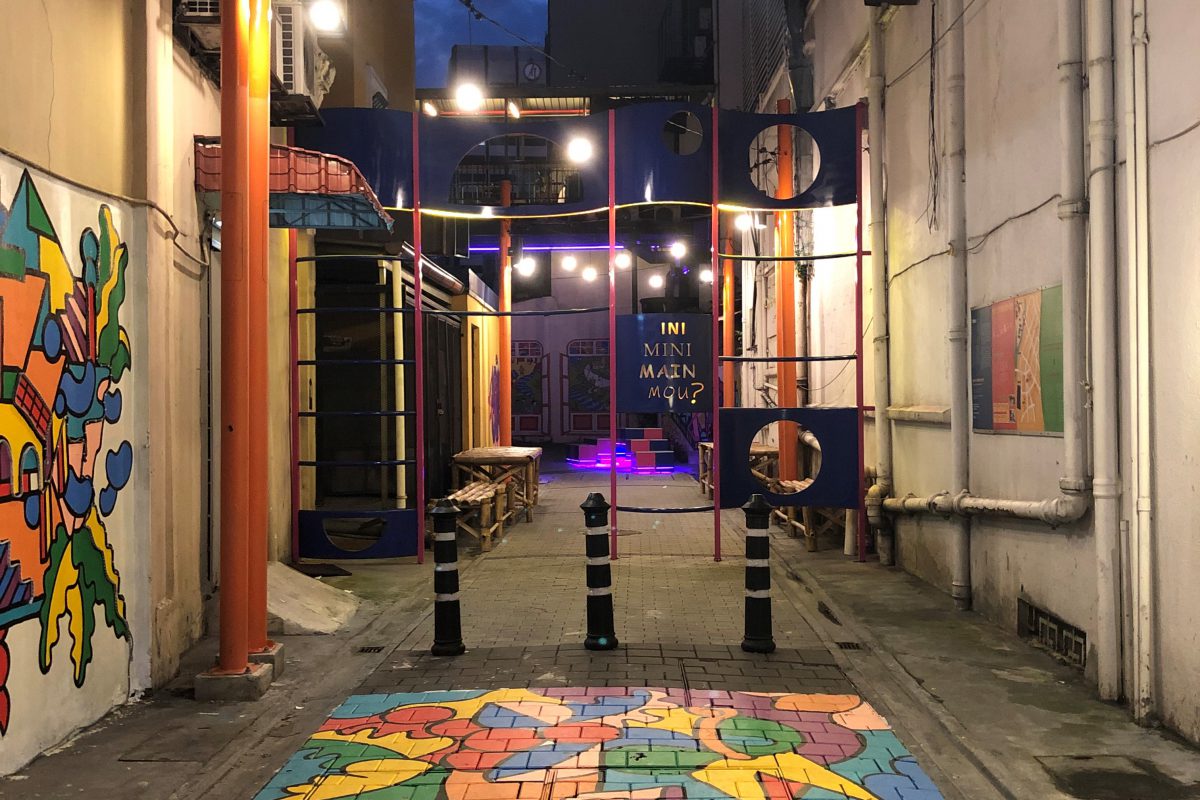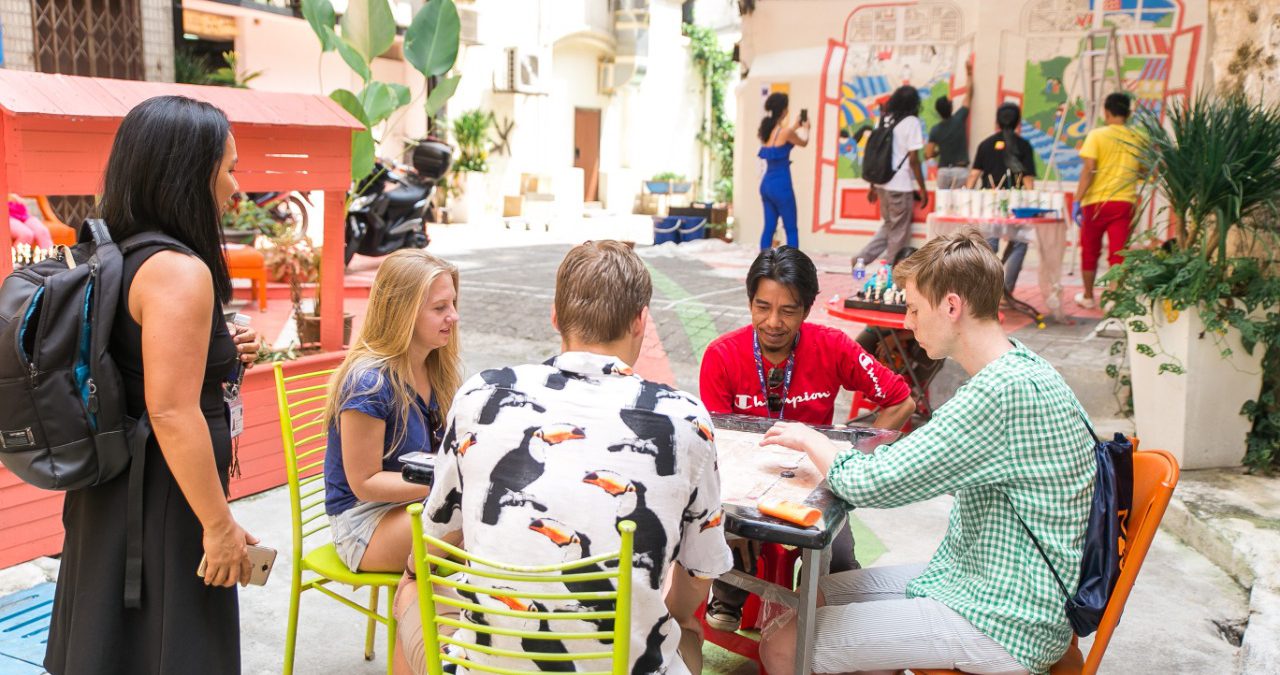
Keep up with our latest news and projects!

Laneways are often underutilised assets and their true potential is overlooked. They act as service routes for sewage, provide fire access and drainage, but can also act as secondary connectors and spaces for informal activities. However, in Malaysia, laneways are often viewed as the private backyard of a property, typically very likely to be neglected, resulting in spaces that are perceived as dirty, unsafe, and unsanitary, as well as potential hotspots for antisocial and illegal activities.
As part of Think City’s mission to make cities people-friendly and resilient through catalytic renewal, one of our initiatives involves the transformation of laneways into healthy, shared community spaces.
The Laneway Improvement Programme was established after conversations with various stakeholders crystallised a need to transform dilapidated laneways into vibrant community spaces with opportunities for healthy living. The programme aim was to create greater awareness about the management and maintenance of public spaces with community involvement, and play catalyst to an urban solution movement.
The ongoing programme provides an opportunity for community champions to work with civil society partners to implement urban solutions and programmes relevant to the needs of selected community groups including homeless people and migrant workers.
The intended effect is that these laneway programmes would help change the negative image of cities and arrest the emptying out of local residents in the downtown areas of Malaysian cities, and in the process, develop a stronger sense of community and belonging.
The Laneways Improvement Programme kicked off in George Town, Penang as part of the Little India Improvement District (LIID), seeking to improve the underutilised laneways, which were often subjected to antisocial behaviour such as urination or informal disposal of trash, and for vice activities such as drug use.
The project was a success for the first six months but soon afterwards faced challenges in terms of community ownership, leading to a more sustainable intervention. The lesson learned was that a project such as this should not be purely dependent on community commitment. Tenants move, stakeholders change, and without the local city council’s active participation in implementation and maintenance, there was no feasible ownership of the programme.
From the learnings of the pilot laneway project in George Town, the programme expanded as Think City extended its reach to other cities in Malaysia: Butterworth, Kuala Lumpur and Johor Bahru. The Laneway Programme was also championed by other drivers such as Penang Island and Kuala Lumpur city councils, and even found its way into other cities as Ipoh and Kluang.
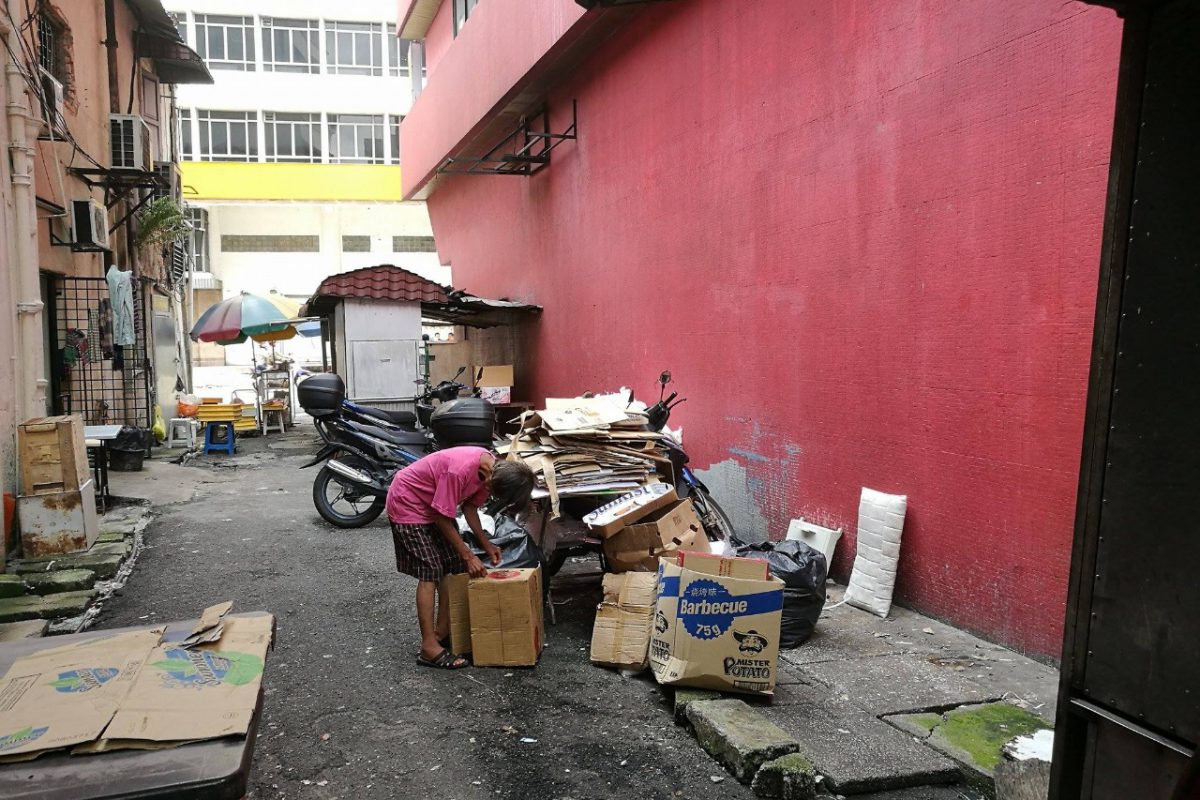 The Yap Ah Loy Laneway before upgrade works.
The Yap Ah Loy Laneway before upgrade works.
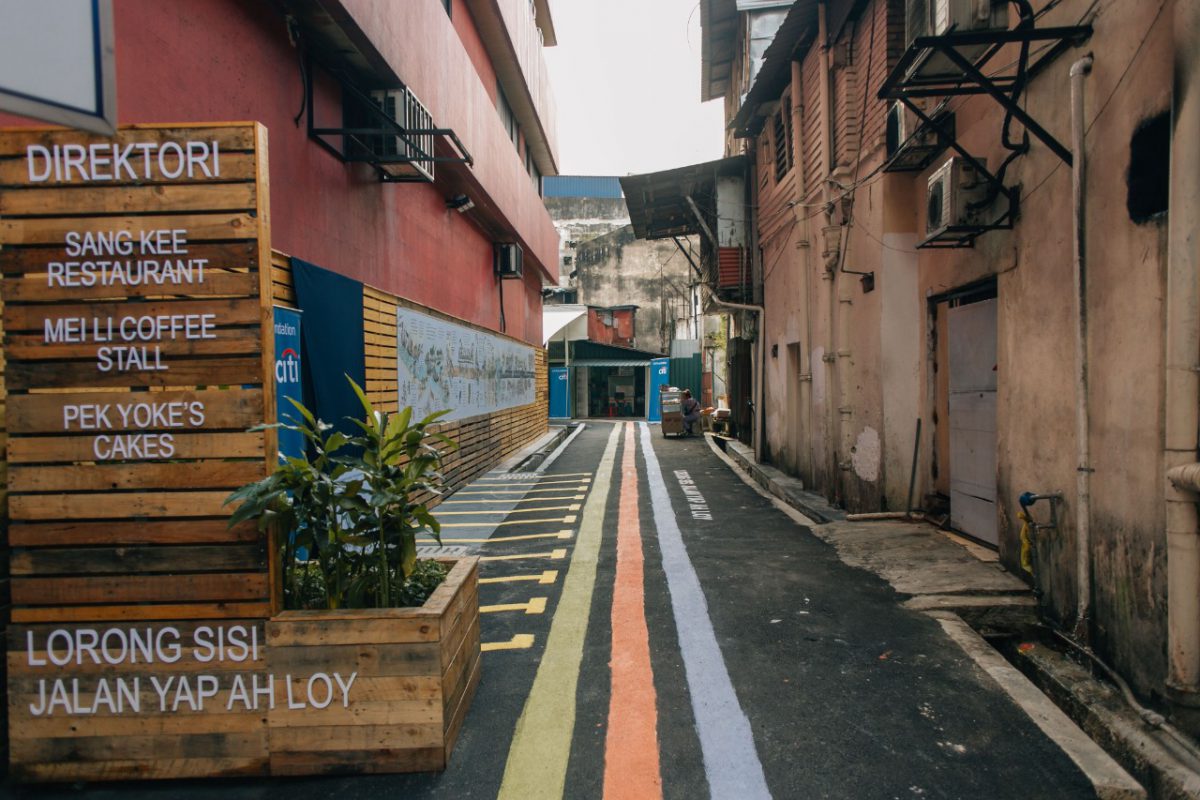 The Yap Ah Loy Laneway after upgrade works.
The Yap Ah Loy Laneway after upgrade works.
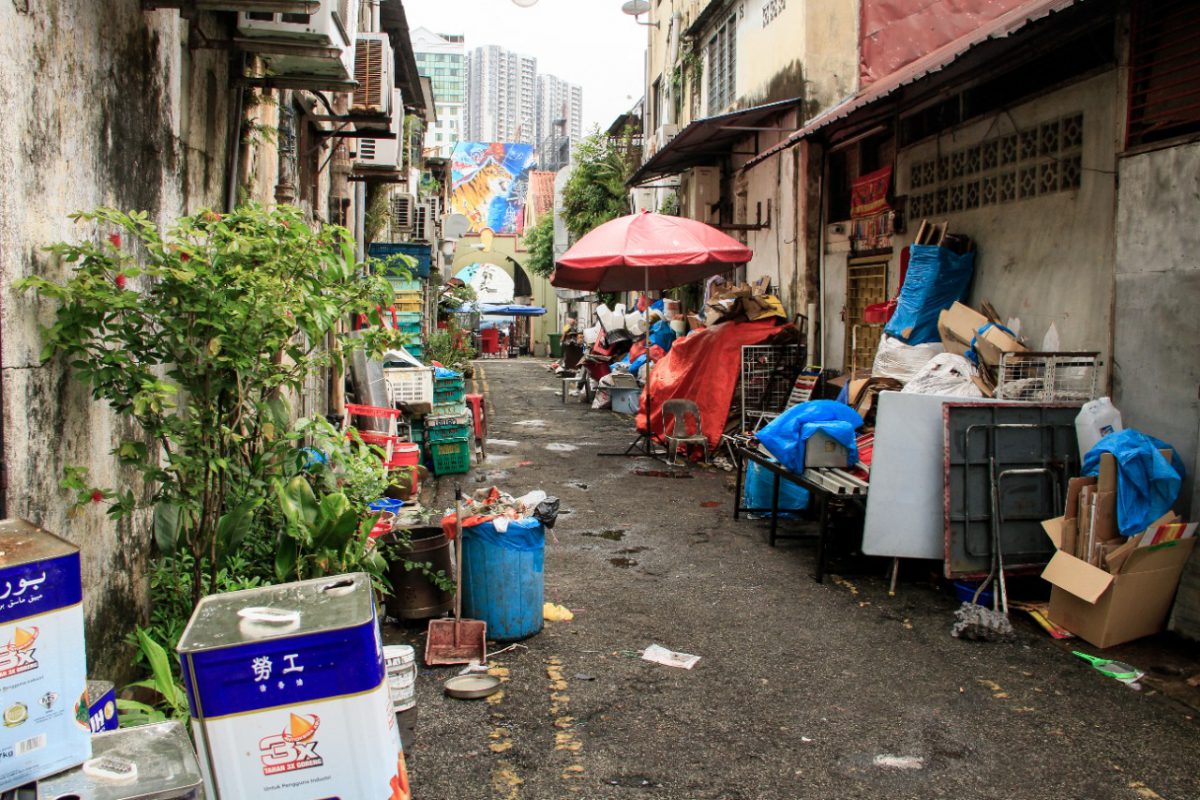 The Johor Bahru Laneway before upgrade works.
The Johor Bahru Laneway before upgrade works.
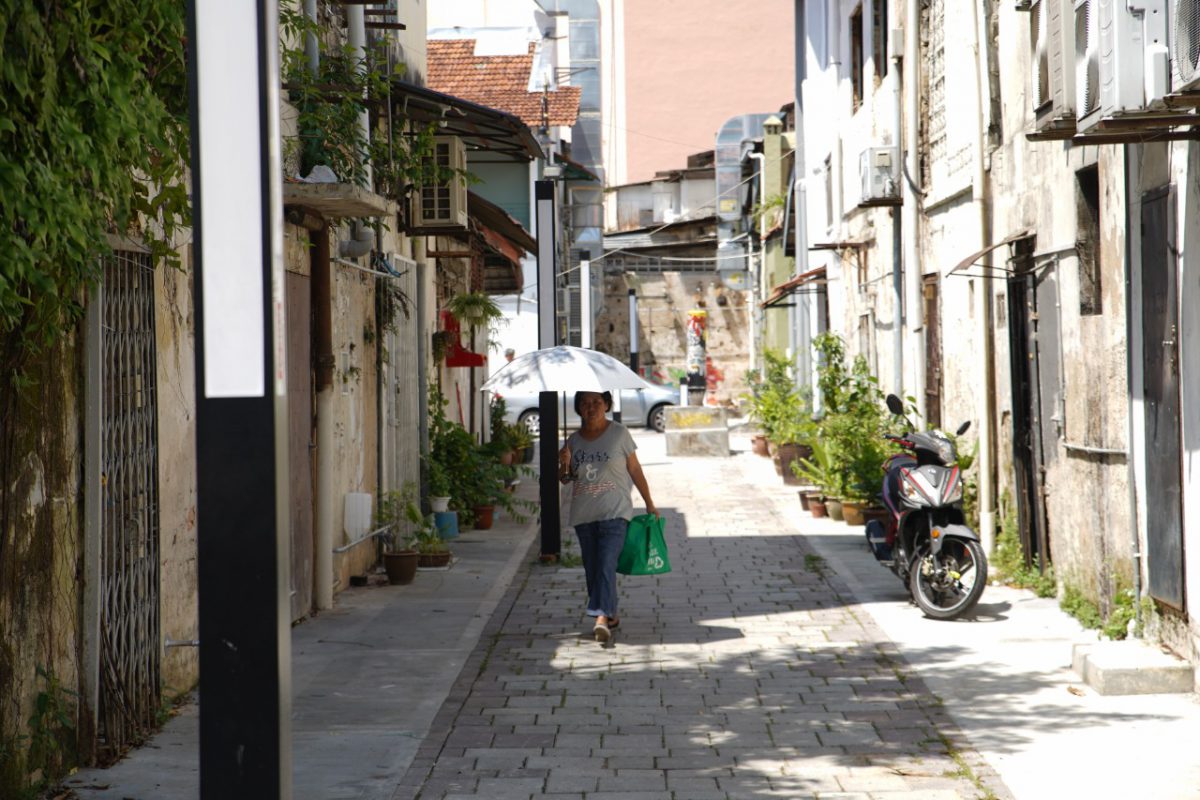 The Johor Bahru Laneway after upgrade works.
The Johor Bahru Laneway after upgrade works.
With a community-driven, bottom-up approach, the participatory processes were instrumental in the preparation and development stage of the Penang pilot. Indeed, this is true for any pop-up in that it demonstrates the possibilities and sparks ideas. Think City’s engagement methodology featured resources to inspire and support residents, community groups, businesses and other stakeholders in imagining the improvement and better use of the laneways. Necessary by nature, engagement is the key to understanding existing users of a space and their current problems and needs. This provides a holistic approach in understanding the space before initiating demonstrative projects or implementing amenities.
The process is as follows:
Stage 1: Site Selection
Site reconnaissance is conducted to understand the historical and social fabric of a space. Prior to any intervention, identifying sites, informal discussions with local communities and authorities are carried out. A simple opportunity-cost analysis is conducted to maximise outcome.
Stage 2: Observation and Investigation
To better understand how different stakeholders use the space, the team are to observe the site on various times of the day, throughout the week, because data collected may differ on the weekends, evenings and early mornings. During these site visits, the team will be able to gather an initial understanding of who are the potential champions, generate a simple SWOT analysis and gauge the impact of the project. Documentation of this process is critical as it provides evidence and maps out the stakeholders.
Stage 3: Understanding the Site
Using an evidence-based approach, a baseline study of population and land use is conducted. Once data has been collected, preparation of cultural mapping is to be initiated. Cultural mapping safeguards cultural diversity and uses a wide range of research techniques and tools to ‘map’ distinct peoples’ tangible and intangible cultural assets within a local context.
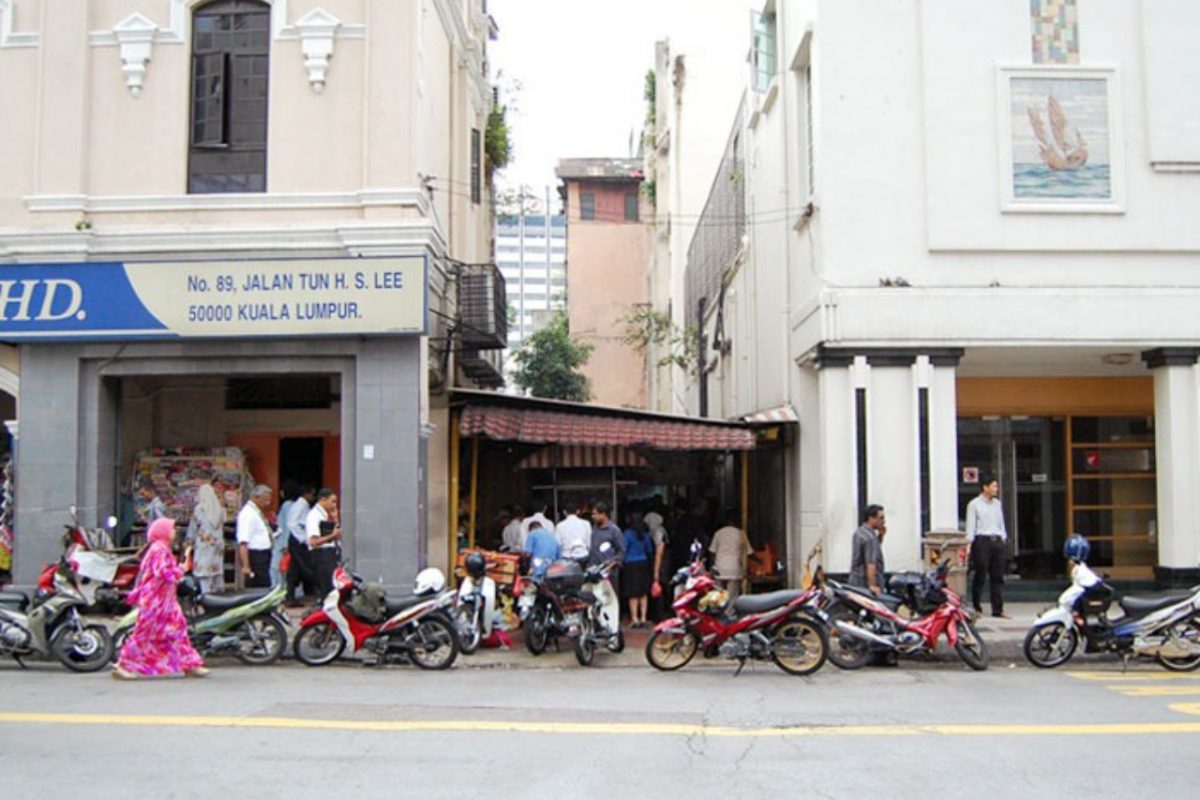 The Bandar 13 Laneway before intervention.
The Bandar 13 Laneway before intervention.
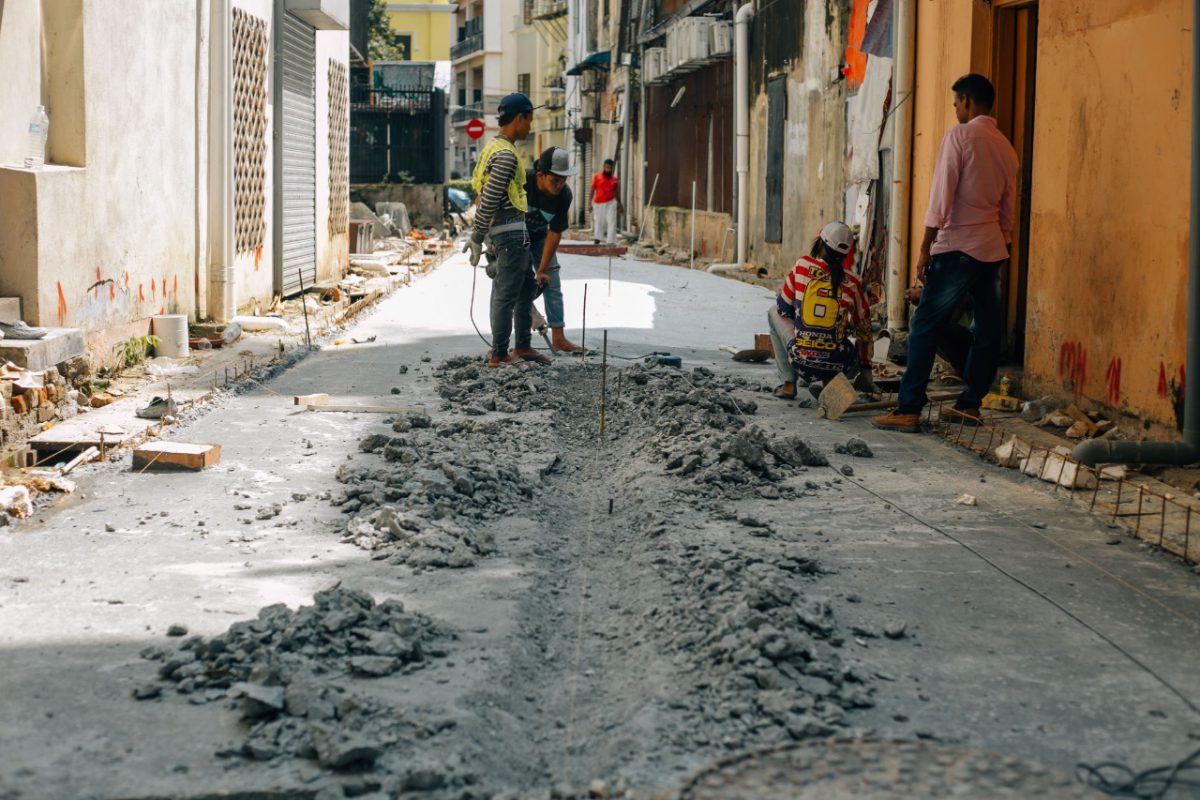 The Bandar 13 Laneway during upgrade works.
The Bandar 13 Laneway during upgrade works.
Stage 4: Stakeholder Engagements
Multiple tiers of stakeholders are usually part of the engagement strategy, including those working directly within the project, and those associated with the project.
Stakeholders would typically consist of the immediate community, relevant partners, individuals or institutions, and the general public who may be interested in the project. These engagements prioritise participation and insightful dialogue.
Stage 5: Demonstrative Project
Once the four previous stages are complete, it is crucial to test out proposed interventions with a temporary demonstrative project to see how it works and how it’s perceived by the community. The aim is to avoid jumping straight to implementing permanent solutions at a great investment without testing, only to discover that the solutions are ineffective for the community.
Stage 6: Implementation
After the demonstrative project has been tested for three to six months, observations and feedbacks are compiled, and the interventions are reviewed. During construction, monitoring is conducted daily to mitigate any issues the surrounding community might face. Place management is discussed with local authorities to get buy-ins and to ensure a maintenance plan is considered.
Stage 7: Post-mortem
Monitoring the project site from time to time is important as cities are consistently evolving. Sometimes all it requires is a simple nudge to the relevant stakeholder to address a certain issue. Learnings are carried forward to future projects.
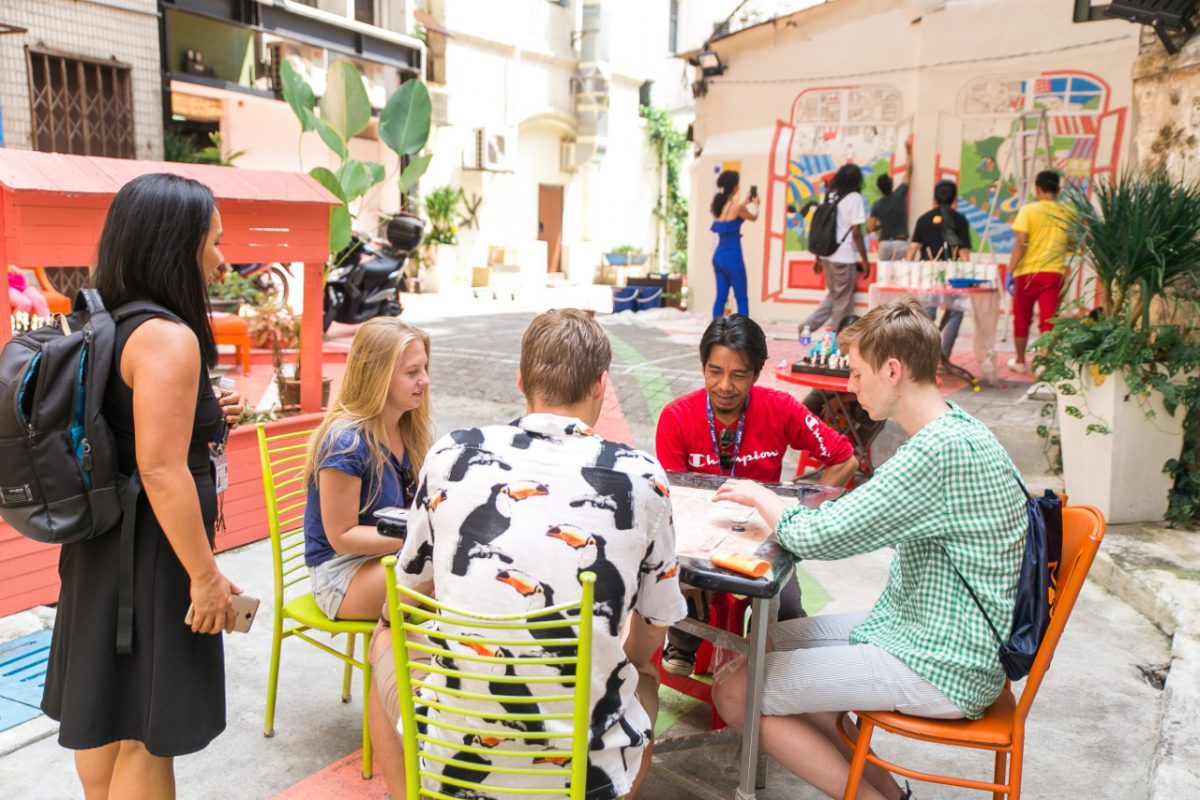 The Bandar 13 Laneway Space Activation Demo during World Urban Forum.
The Bandar 13 Laneway Space Activation Demo during World Urban Forum.
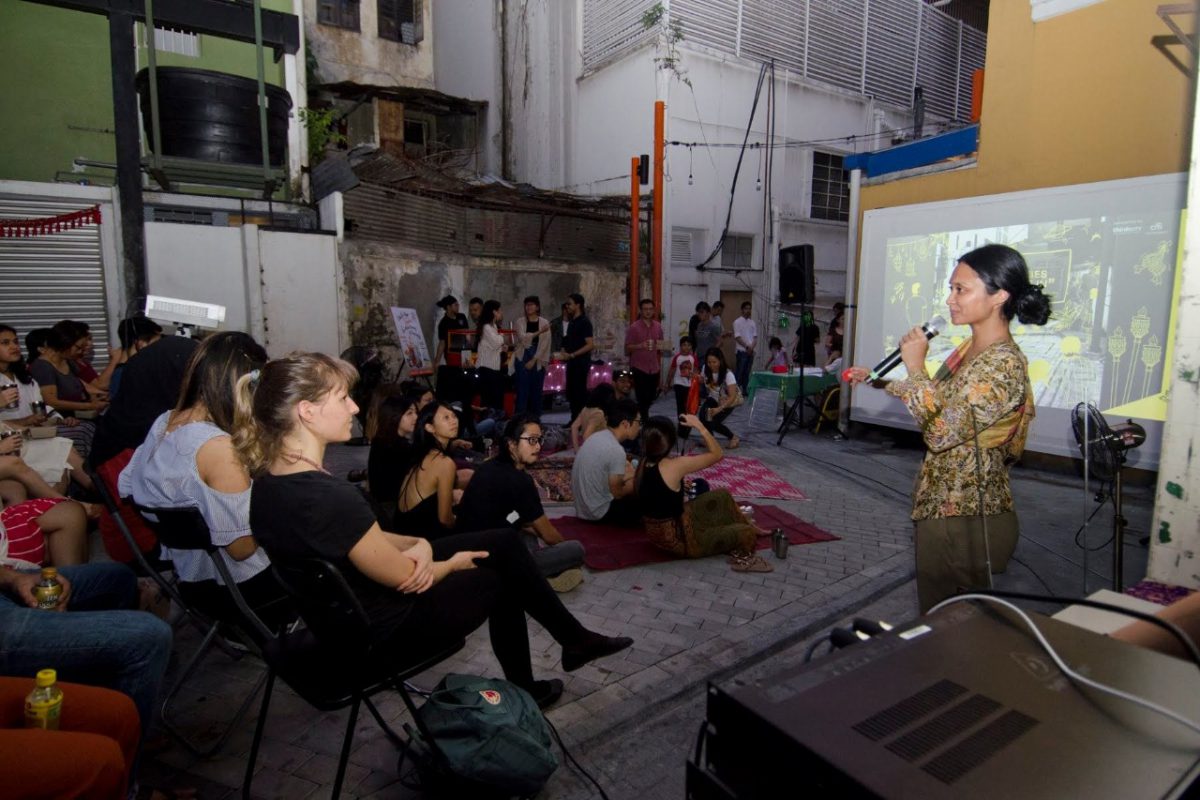 The Bandar 13 Backlane Cinema.
The Bandar 13 Backlane Cinema.
The overall learning from the Laneway Improvement Programme is never to underestimate the importance of understanding the local context and the community, in order to have a comprehensive and well-thought-out project brief. Being on the ground provides first-hand knowledge and understanding of the requirements before embarking on an improvement project, and finally, to enter into all of this with an open mind — to learn, experience and grow.
In order to ensure participation and sustainability, it is also critical to have collaborative partnerships. For example, the communities, the local authorities, the politicians and also the people working in the area should collaborate and be united with a united vision. This provides a positive and successful outcome and it allows opportunities to advocate and get buy-ins from other stakeholders.
Another key observation is that community commitment can change. For example, when the Penang pilot project first kicked off, Think City banked on the surrounding community’s commitment. But during the process, some of them eventually relocated, which affected the project significantly. Depending solely on place management is insufficient, and multiple layers of participation and commitment are required, such as buy-ins from the city council and different community groups as well as SOPs for place management and maintenance.
